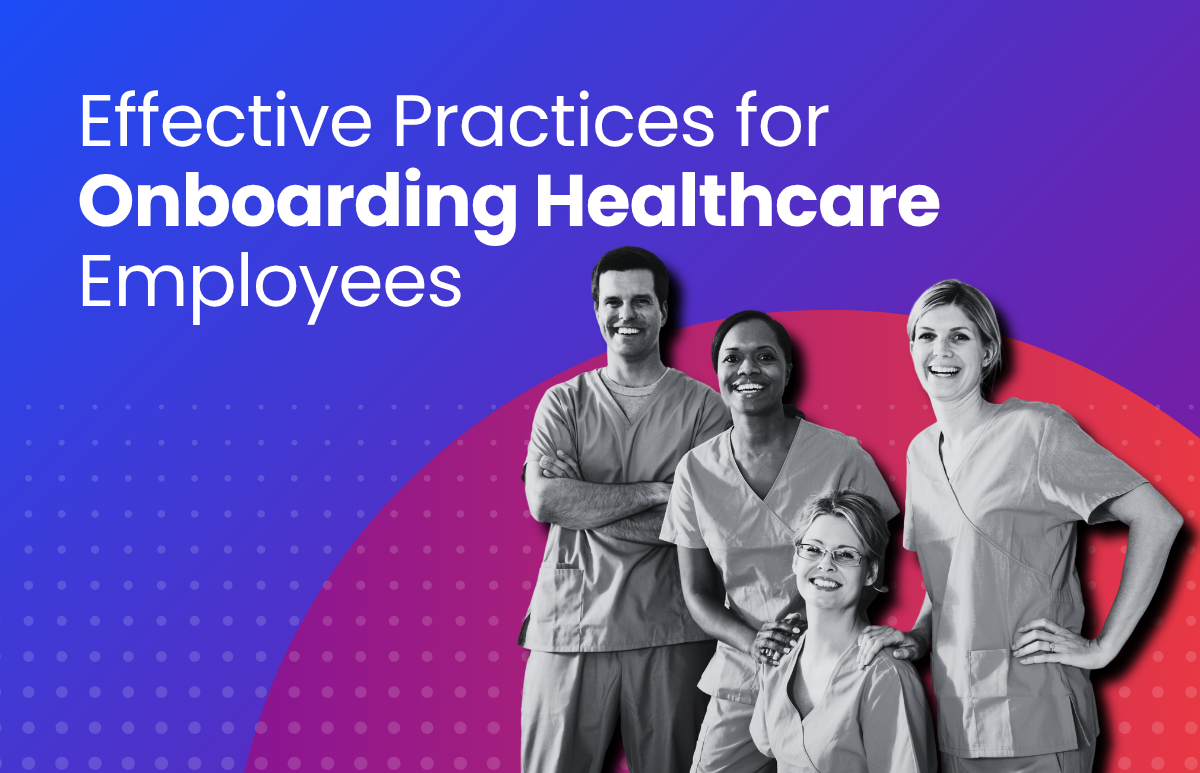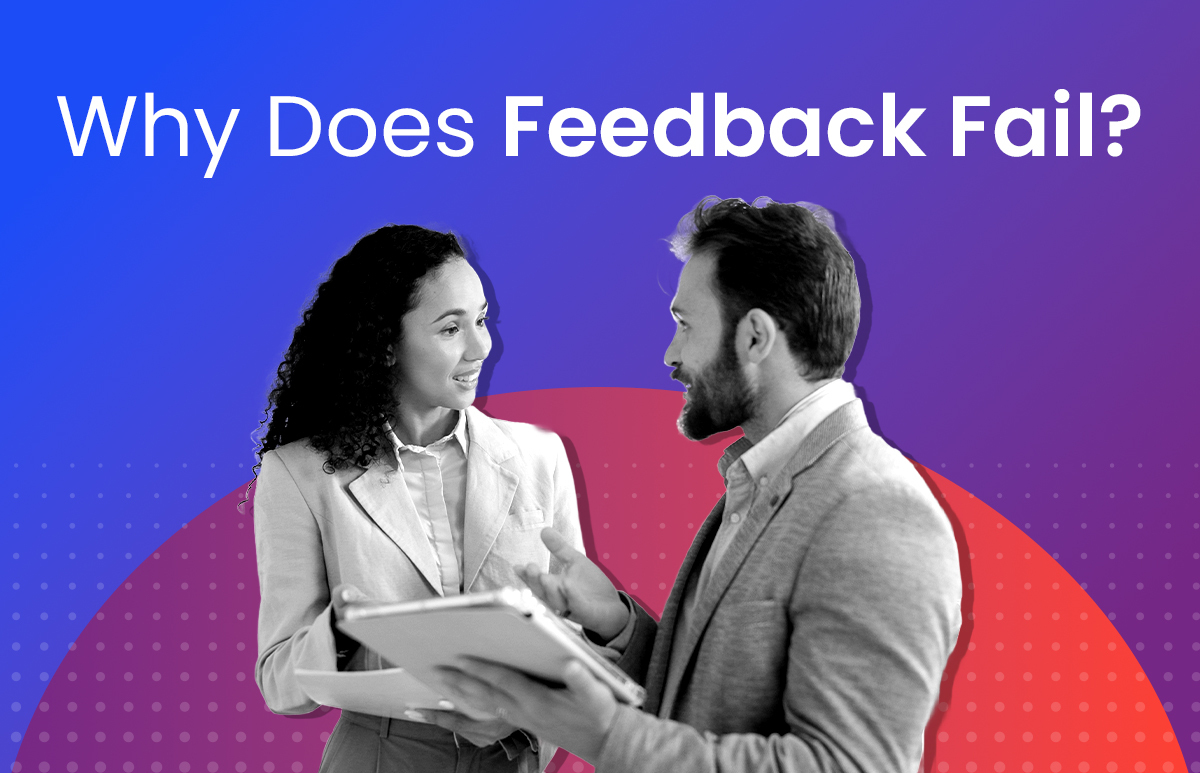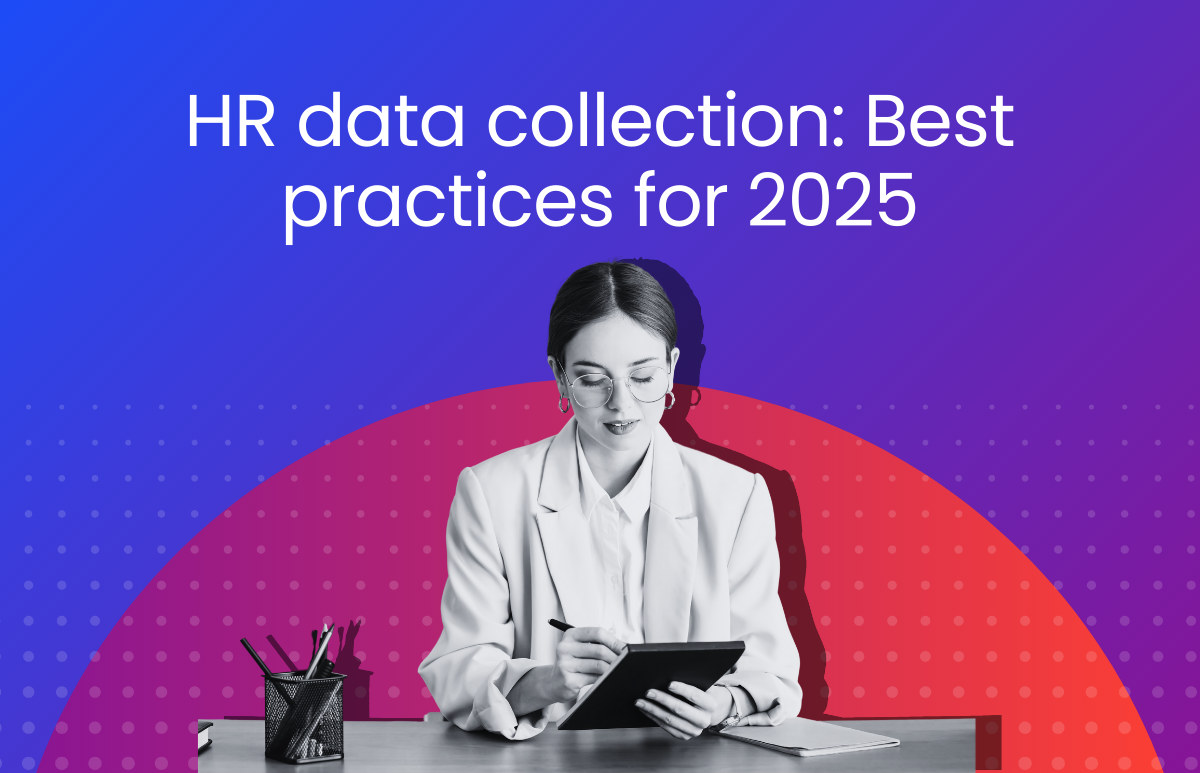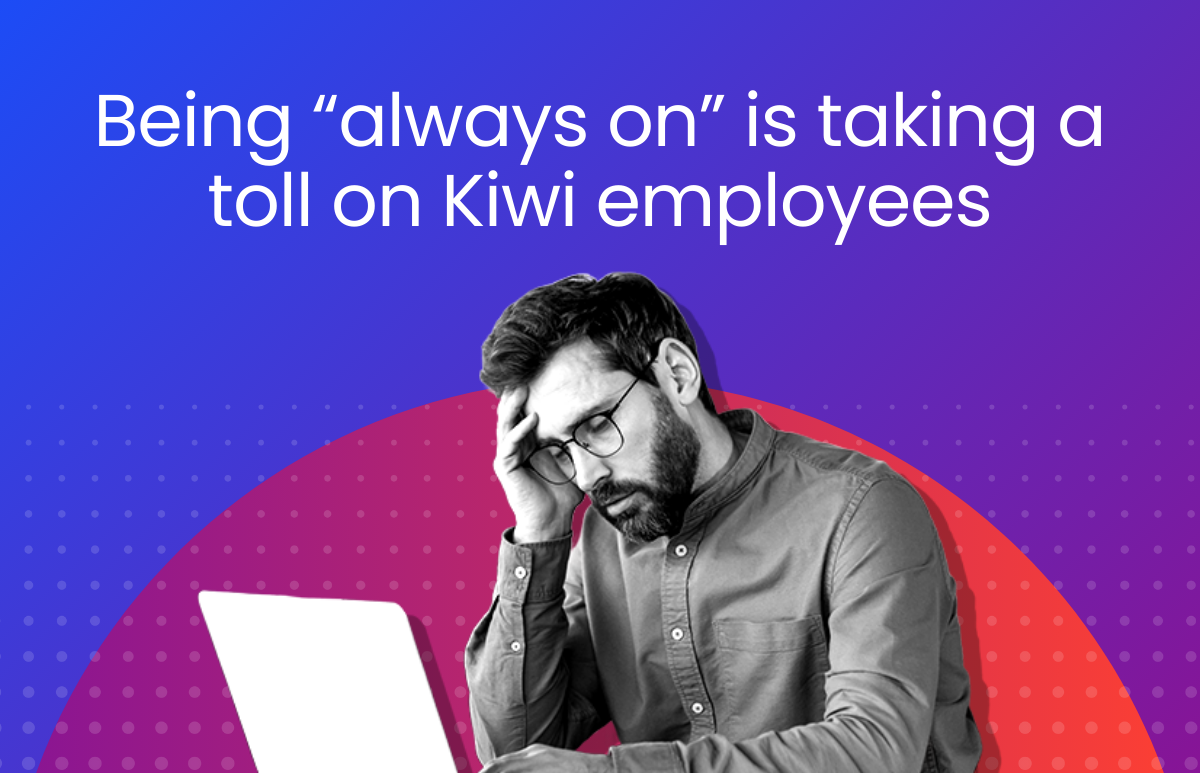How To Present HR Software to Your Finance Team
The finance questions you need to prepare for.

If you’re preparing to pitch an investment in HR software to your organisation, you’ll need to be ready for some pointed questions from the finance team. Use this quick playbook to put yourself in the best position possible.
We asked Katherine Landon, Senior Vice President of Finance at ELMO Software, what every HR leader should know before heading into a conversation with finance, and how to approach it with confidence.
“What’s the ROI and how was it calculated?”
Finance leaders will often lead with this question when assessing the viability of a proposed investment The expected Return on Investment (ROI) must be clear, demonstrable and credible.
To assist, ELMO Software commissioned an independent Total Economic Impact™ (TEI) study, conducted by Forrester Consulting to provide real numbers. A representative organisation made up of 500 employees and seven full-time HR staff found a 129% return on investment.
“When we ask for ROI, we’re not just looking for a statistic,” says Katherine Landon. “We’re assessing whether the return is realistic, how rigorously it’s been calculated, and whether the assumptions hold up under scrutiny with a clear assessment of the underlying costs and benefits to the business A well defined ROI will clearly articulate how effectively an investment generates profit in order for a business to make informed decisions in allocating capital.
Start by developing a business-specific ROI using a credible tool, such as the Forrester TEI calculator.
“Is this a cost centre or a value generator?”
This is common finance framing. You’ll need to differentiate between strategic spending and spending that’s discretionary. To navigate this, your job will be to show how the investment creates value beyond its immediate function.
Katherine gives us some insight here. “Good financial stewardship means we challenge every spend: does it just increase our cost base, or does it provide true value to the business either at the top of the funnel or to strengthen the core foundation of a business to scale?” Katherine notes. “A genuine value generator creates capacity, resilience, and often, competitive advantage. That’s what your business case needs to communicate.”
Emphasis the value of the investment in HRIS as a means to:
- Reduce operating costs without reducing output
- Scale functions without a linear increase in headcount
- Strengthen compliance and governance while minimising manual effort
- Deliver clearer workforce data for better strategic decisions
“What’s the Total Cost of Ownership (TCO)?”
Although there’ll always be a degree of variability when it comes to TCO, you need to be as thorough as you can.
Mature financial cases do not downplay costs, they demonstrate rigour and transparency. Part of this rigour will be to engage with your vendor to assist in establishing TOC.
“What risks does this mitigate?”
Strategic investments like HRIS should reduce the risk for the whole organisation, not just improve your HR workflows. Some of the biggest risks lie in processes such as, emailing sensitive information, paper records, data duplication, and points of human error.
Finance, legal & risk teams will be acutely aware that manual inputs are the biggest point of risk. The more touchpoints you have, the more you expose yourself to human error or data breach. Automation is key to risk mitigation and this is where the value of software emerges.
Focus on aspects that address organisational risk such as:
- Data protection through ISO certification
- Local data hosting in Australia
- Role based access, segregation of duties and audit control-based environment
- Reduced compliance and audit exposure through mandatory training and accurate record keeping
- Automated workflows with a single input touchpoint that minimise manual error
“How does it support strategic business outcomes, not just HR tasks?”
This is where you must shift the narrative from HR efficiency to outcomes and value. Finance leads will look to understand the relationship between HRIS and tangible enterprise-wide results.
“Efficiency in isolation is a limited story,” Katherine points out. “You need to translate operational gains into strategic outcomes, whether that’s scalability, improved retention economics, or faster time-to-productivity. It’s about showing how this elevates and supports business growth, not just HR’s performance.”
Frame your proposal to show how HR gains translate into:
- Reallocation of time to higher-value activities
- Data-driven insights for more agile workforce decisions
- Faster onboarding and productivity ramp-up
- Stronger compliance with fewer manual interventions
- Increased recruitment efficiency with reduced time-to-hire
“Does it integrate with existing payroll and finance systems?”
Finance teams value interconnected systems as they can reduce error, improve analysis, and streamline reporting. Make sure you have the right information about compatibility and integrations.
“System silos are a hidden cost centre,” Katherine says. “Every manual handoff is an opportunity for error or rework”.
When you can show seamless integration across systems like HR, ERP and payroll, you’re demonstrating that you understand the operational efficiencies that finance expects.
Be ready to discuss:
- Real time payroll synchronisation
- Elimination of duplicate data entry
- Data consistency across platforms
- Broader integrations beyond payroll
“Is this a ‘nice to have’ or a ‘need to have?’”
This is a familiar question raised that requires a clear, confident response.
“When we challenge whether something is discretionary, what we’re really asking is: does it strengthen our ability to operate, grow, and scale our business?” Katherine clarifies. “A true ‘need to have’ is an enabler of strategy, agility, and business resilience.”
Position your proposal as a critical enabler that:
- Provides a clear payback window and measurable ROI
- Consolidates and secures sensitive data
- Supports growth without proportional headcount increases
- Strengthens governance and risk management
- Improves decision-making quality at the leadership level
“What’s the NPV and PV?”
Longer-term investments need to demonstrate value over time, not just in the first year. This is where Net Present Value (NPV) and Present Value (PV) become particularly useful when modelling investments with multi-year outcomes.
“Net Present Value and Present Value reflect your ability to think like a stakeholder or financial decision maker,” Katherine explains. “It’s not just about return, it’s about when that return materialises and whether it appropriately includes the time value of money. That perspective separates tactical spending from strategic investment.”
Arriving at these figures can be challenging. One way is to use the Forrester TEI calculator to predict NPV and PV, which will illustrate long-term value, backed by realistic cash flow projections.
What’s the best way to present a business case to finance?
A strong business case balances optimism with realism. Finance teams will question that you can demonstrate that you’ve stress-tested your assumptions, captured the full cost, and anchored the benefits to tangible outcomes. This ensures that you’re not just spending wisely, but investing for the organisation’s future.
Check your proposal:
- Have you calculated a credible, tailored ROI?
- Is your data accurate and current?
- Have you accounted for full TCO?
- Can you clearly connect benefits to organisational goals?
- Does it address integration, security and risk mitigation?
When you can answer these questions with confidence, you’re ready to present a credible financial case.
Finance terms cheat sheet
Some bonus help in speaking the right language:
- ROI = (Benefits less cost ÷ Total Cost)
- NPV = Today’s (discounted) future net cash flows given an interest rate (the discount rate). A positive project NPV normally indicates that the investment should be made unless other projects have higher NPVs.
- PV = Today’s (discounted) cost and benefit estimates given at an interest rate (the discount rate). The PV of costs and benefits feed into the total NPV of cash flows
- Payback Period = Time taken to break even
Ready to make a strong business case?
Use the Forrester TEI calculator to generate your custom ROI and demonstrate the value ELMO will bring to your organisation.
 HR Core
HR Core 









